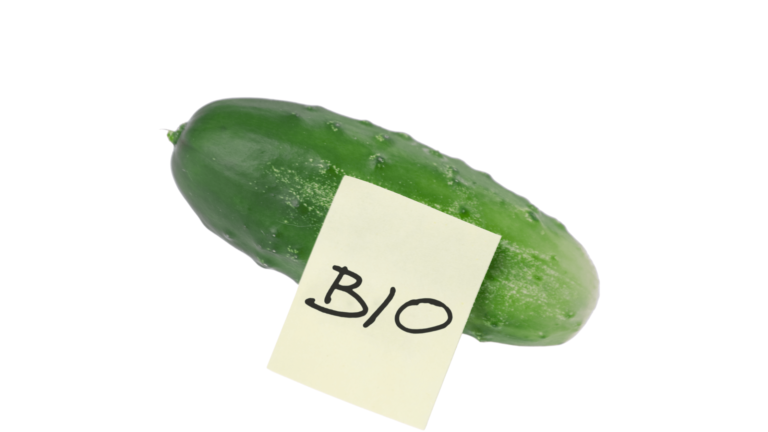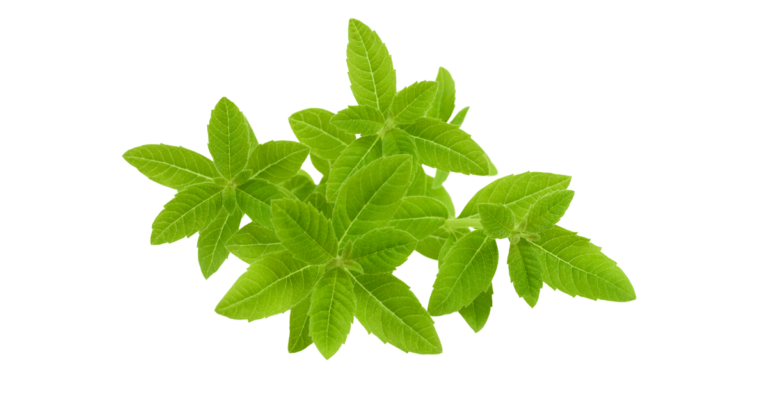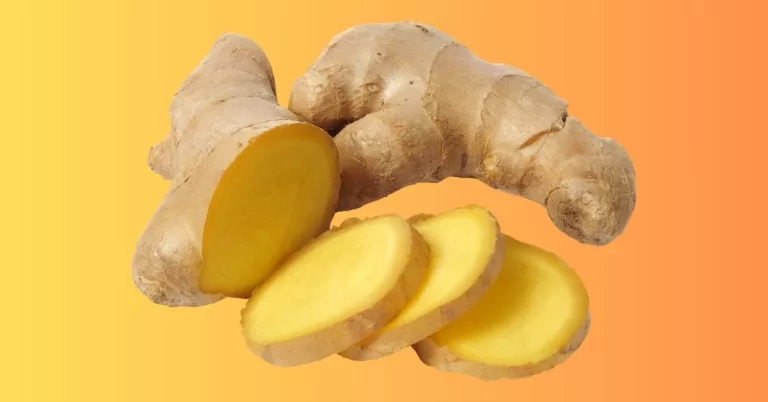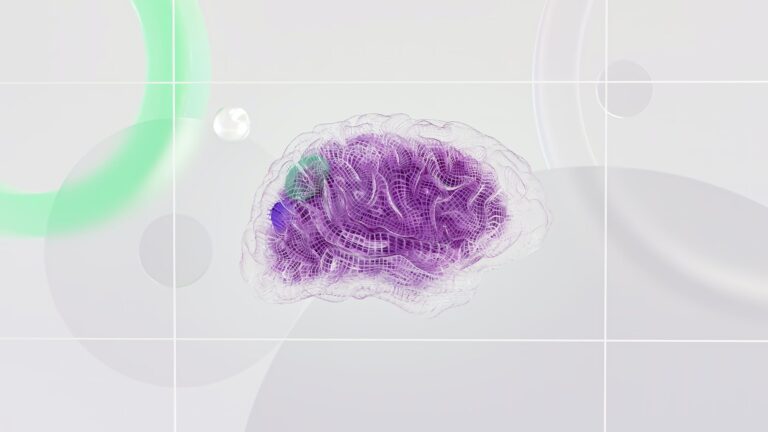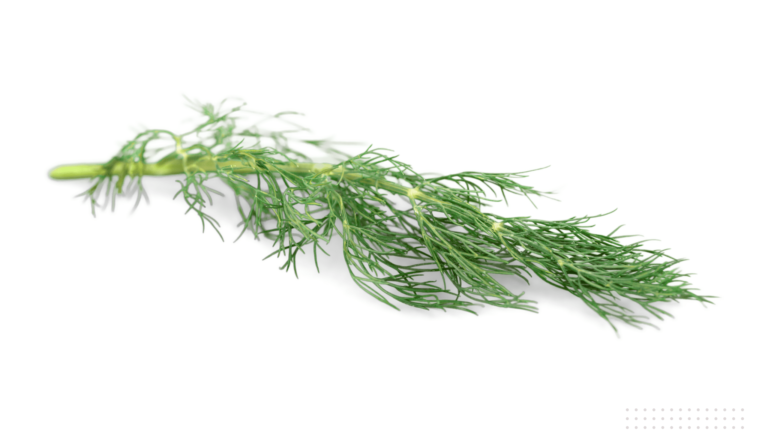How To Eat Pumpkin Seeds For Their Dietary Good?
How to eat Pumpkin seeds? This article explores how to eat pumpkin seeds—examining their association with being a cognitive-friendly food source.
Specifically, the green-coloured oilseed pumpkin seed highlights some of its rich bioactive compounds and methods of consuming the seed to achieve bioavailability when consumed in a diet.
Key Points In This Article
This article examines an overview of green pumpkin seeds (pepita), the presence of bioactive compounds, therapeutic actions when consumed in a diet, related case studies and some methods of consumption for optimising bioavailability.

Pumpkin Seeds: Pepita
Pumpkin seeds, also known as pepitas, are the edible seeds of the pumpkin plant. Squash and pumpkin are both members of the same family. Pumpkin produces a larger fruit and squash in a variety of sizes.
- The Latin name for summer pumpkin is Cucurbita pepo. Humans have consumed them for thousands of years, with origins dating back to ancient Mexico, Central America and parts of Asia.
Eco-Friendly Food Source
It’s possible to harvest and consume this environmentally friendly food source sustainably without causing damage to the environment. Pumpkin is a rich source of good nutrition for humans and the environment.
Today, Pumpkins have attracted increasing attention from scientists due to their nutritional profile.”
(Batool et al., 2022)
Oilseed Pumpkin
Oilseed pumpkins and Styrian pumpkin seeds are characterized by their light green colour and smooth surface.
- These pumpkin seeds are whole and have thinner skins compared to other varieties. They have a shiny outer layer due to their rich oil content.
- The seeds are eaten raw or roasted as a healthy snack. Moreover, some individuals grind them into a fine powder and use it as a protein supplement.
- The seed’s outer shell shades of green may vary in these seeds depending on the region.
DARK GREEN
LIGHT GREEN
GREEN
(Dietary) Therapeutic Properties
Pumpkin seeds, in general, offer a rich source of several bioactive compounds. Traditional science, such as Ayurveda, recognises pumpkin seeds’ exceptional nutritional profile and subsequent cognitively friendly food source.
It is combined with other ingredients to obtain a whole-food matrix effect to optimise individual needs.
For example, pumpkin seeds contain significant amounts of antioxidants, including vitamin E and carotenoids, which help to protect the body from oxidative damage.
Below are some terms associated with pumpkins’ therapeutic actions in dietary use.
Therapeutic Actions (Associated Terms)
According to (Batool et al., 2022), the seeds offer the following therapeutic actions when consumed in a diet:
- Liver friendly: help support liver function and reduce inflammation in the body.
- Antihypertensive: as a dietary source of magnesium and nitrates, a blood pressure friendly food.
- Anti-carcinogenic: a source of carotenoids and vitamin E, lignans, phytosterols and cucurbitacins.
- Anti-inflammatory: a dietary source of anti-inflammatory actions.
- Anti-diabetic: low glycemic index food and trigonelline may help improve glucose metabolism.
- Anti-oxidative: a dietary source of anti-oxidative actions.
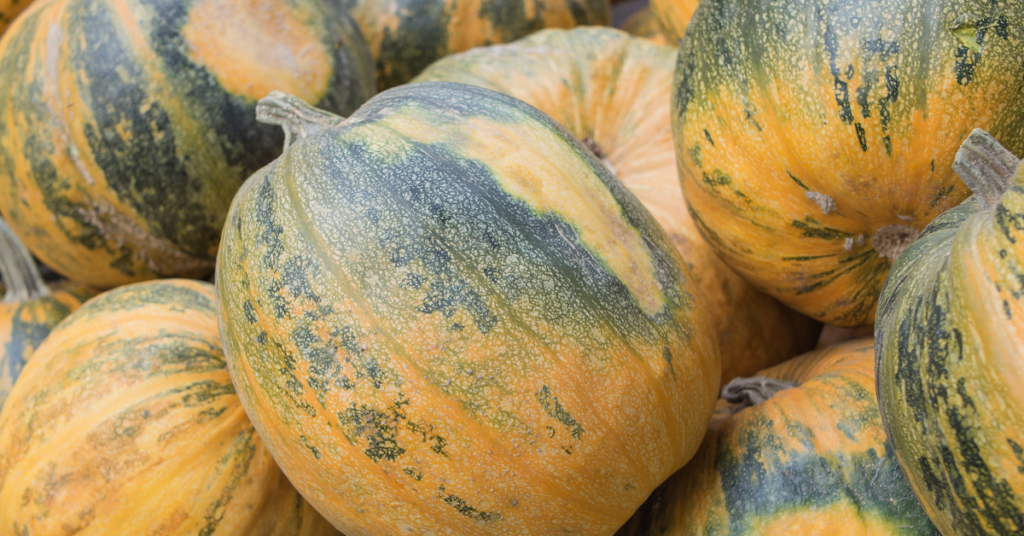
Other Key Components
Subsequently, another study details that the seeds contain high sterols, vitamins B and E, and the minerals Ca, K, P, Mg, Fe and Zn (Golob et al., 2020).
Other components also found in pumpkin seeds are:
- Omega-3 fatty acids: which are essential building blocks of brain cells, and they have been shown to improve memory, attention, and mood.
- Tryptophan: an amino acid that is needed to produce serotonin. Serotonin is a neurotransmitter and plays a key role in regulating mood and cognitive function.
- A rich source of magnesium: a mineral essential for brain health and cognitive function. Magnesium helps to regulate nerve function and the formation of new brain cells etc.
Dried Pumpkin Seeds Nutritional Content
Pumpkin seeds are also a good source of proteins containing high values of essential amino acids (Hussain et al., 2023).
According to USDA values, 100 grams of dried pumpkin seeds provide the following approximate values, as well as several other micronutrients, which can be found on this link:
- Energy 559 kcal
- Protein 30.2 g
- Calcium 46 mg
- Iron 8.82 mg
- Magnesium 592 mg
- Phosphorous 1230 mg
- Potassium 809 mg
- Vitamin E 2.18 mg
- Tocopherol, gamma 35.1 mg
- Vitamin K, A, C
Related Information
Audible Video
Pumpkin Seed & Its Protein
Bioactive Compounds In Pumpkin Seeds
Pumpkin seeds contain several carotenoids that are a cognitive-friendly diet.
Here are some important bioactive compounds in pumpkin seeds according to (Hussain et al., 2023):
- Beta-carotene, which the body converts into vitamin A. Vitamin A is necessary for synthesising dopamine, a neurotransmitter that regulates mood, motivation, and attention.
- Lutein is known to have neuroprotective effects. It helps to protect the brain from oxidative damage and inflammation, which can contribute to cognitive decline. Additionally, lutein is associated with improved visual processing speed and memory in older adults.
- Zeaxanthin is another carotenoid that has been found to improve cognitive function. Zeaxanthin is an antioxidant that helps to protect the brain from damage caused by free radicals. It has also enhanced visual processing speed and attention in older adults.
- Polysaccharides are found in the oils of the seeds (Hussain et al., 2023).
1. Case Study: Brain & Cognition
According to a study conducted by Batool et al. (2022) on the nutritional value and therapeutic benefits of pumpkin (Cucurbita sp.), pumpkin seeds are helpful in promoting brain and cognitive health.
In brief here are some of the reasons why:
Fatty Acids & Minerals
Pumpkin seeds are a rich source of essential fatty acids, minerals, and vitamins, crucial for maintaining brain function.
Main Components
The study found that pumpkin seeds contain bioactive compounds such as phytosterols, tocopherols, and carotenoids, which have antioxidant and anti-inflammatory properties.
Key Takeaways
These properties of pumpkin seeds act in a synergistic way upon digestion. The whole dietary effect of compounds in pumpkin seeds makes them a good dietary source in a preventive diet helpful in protecting against neurodegenerative issues.
Note: Dietary therapy is a long-term approach and requires integrating a personalised plan.
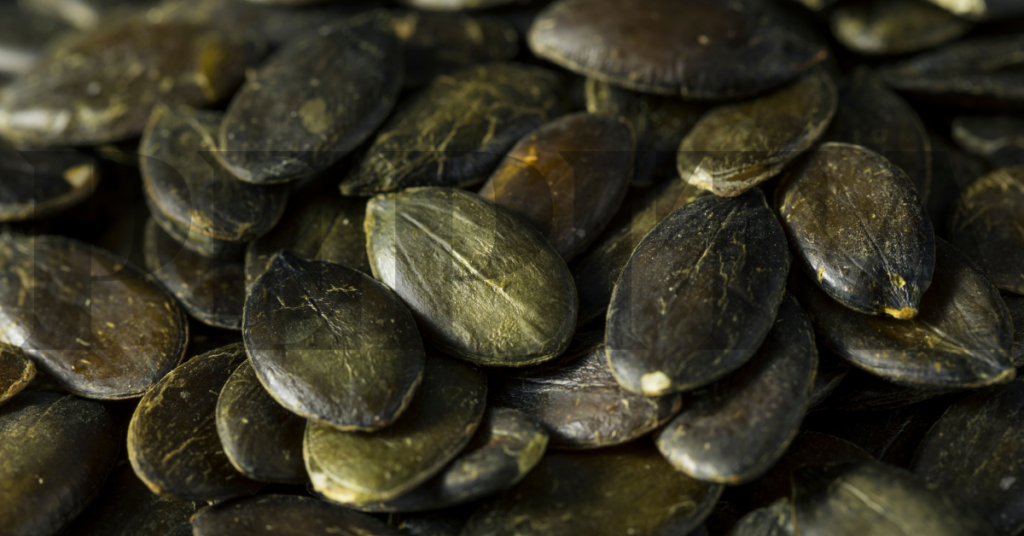
2. Case Study: Immune System & Cognitive Link
Another study by Hussain et al. (2023) found that pumpkin seeds may positively impact immune function.
The study noted that the seeds contain several bioactive compounds that have been shown to have immunomodulatory effects.
For example, the phytosterols in pumpkin seeds have been found to enhance the activity of immune cells, which may help to protect the body against infections and diseases.
The Link & Secondary Effect
Interestingly, there is also evidence to suggest a link between immune function and cognitive health.
Farina et al. (2022) found a link between immune functioning, inflammation, and cognitive status in older Americans.
Maintaining a healthy immune system may positively impact cognitive health in older adults.
The complete study can be found here: Farina MP, Kim JK, Hayward MD, Crimmins EM. Links between inflammation and immune functioning with cognitive status among older Americans in the Health and Retirement Study. Brain Behav Immun Health. 2022 Nov 13;26:100559. doi: 10.1016/j.bbih.2022.100559. PMID: 36439057; PMCID: PMC9694056.
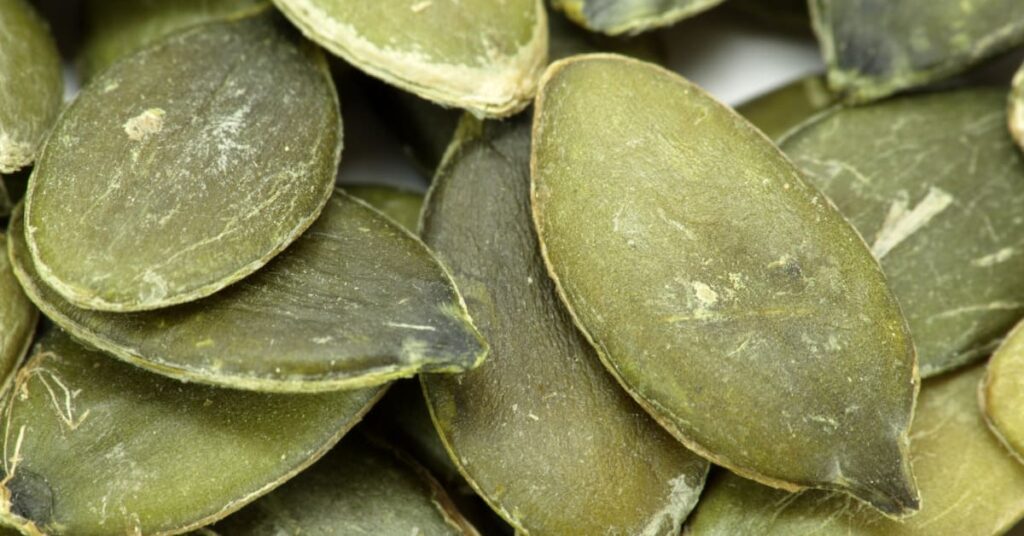
How To Eat Pumpkin Seeds: Best Methods
Based on the background presented in the former sections of this article, an important factor to consider is the method of consumption of pumpkin seeds.
For instance, removing some of its phytic acid and lectin content before consuming, accessing its beneficial compounds, etc. Although, the lectin content in pumpkin seeds is lower than in other beans and seeds.
Optimising Pumpkin Compounds & Whole Synergy
How a particular food is consumed is subject to whole-food matrix synergy, bioavailability, and digestive uptake.
Food synergy is a combination of different nutrients and compounds in whole foods that can have a greater positive impact on diet than consuming those nutrients individually.
Below are some methods of pumpkin seed consumption:
- Raw or roasted pumpkin seeds are added to salads or smoothies or eaten as a snack.
- Pumpkin seed oil is used as an additive post-cooking, salad dressings, or dietary supplement.
The Batool et al. (2022) study suggests that pumpkin seeds can be consumed in various forms, including raw, sprouted, roasted, or as an oil.
- The most beneficial methods of consumption are raw or roasted. Excessive heat processing methods, such as cooking for a prolonged period, can cause the loss of some of the bioactive compounds in pumpkin seeds.
1. Raw/Dried
- Rinse raw pumpkin seeds thoroughly under cold water to remove dirt or debris.
- Spread the seeds in a single layer on a baking sheet and let them air dry for a few hours or overnight.
- After drying, pumpkin seeds can be eaten as a healthy snack, either alone or mixed with nuts and dried fruits, on top of other foods etc.
- Alternatively, opt for an organic packaged source of ready-dried pumpkin seeds.
- Some individuals also consume them raw (undried).

2. Roasting
Peng et al. (2021) studied the effects of roasting on the therapeutic value of pumpkin seeds.
The study found that roasting pumpkin seeds enhanced their antioxidant activity, phenolic composition, and nutritional quality.
- These effects were attributed to the thermal treatment of the seeds during roasting, which led to the release of certain beneficial compounds in a time-sensitive approach.
- Overall, the study suggests that roasting could be an effective way to increase the therapeutic value of pumpkin seeds.
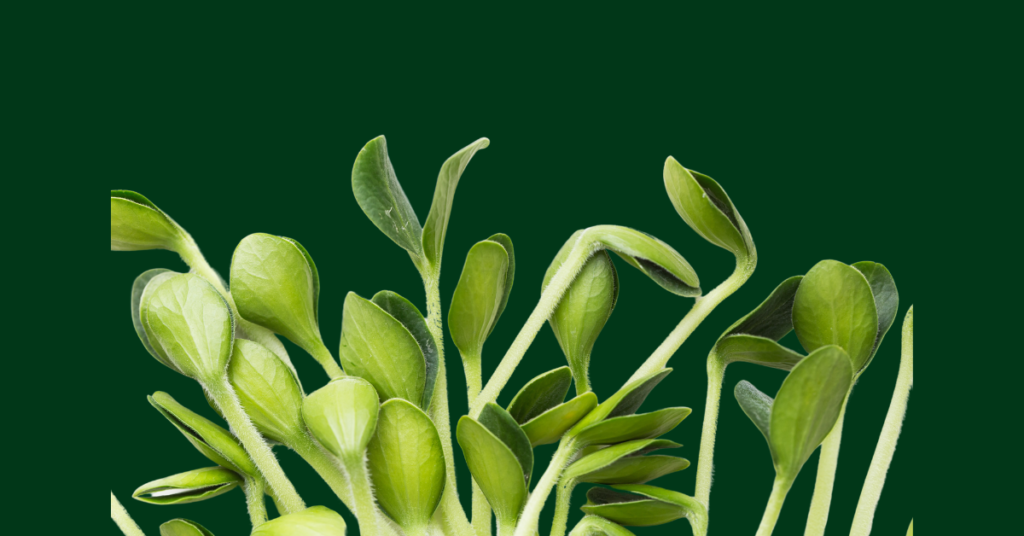
3. Sprouting
Pumpkin seeds can also be sprouted and are considered a good consumption method. To sprout oilseed pumpkin seeds for sprouted consumption:
- Rinse seeds thoroughly under running water and soak seeds in water for 8-12 hours, perhaps overnight.
- Drain water and rinse seeds again—place seeds in a sprouting jar or large glass jar with a mesh lid.
- Rinse seeds with fresh water twice a day or as preferred. Keep the jar in a warm, dark place. After 2-3 days, seeds should begin to sprout.
- Continue to rinse and drain sprouts daily until they reach the desired length. Rinse sprouts one last time before consuming raw food or adding them to foods.
Caution: To prevent contamination, wash hands and equipment thoroughly before handling seeds.
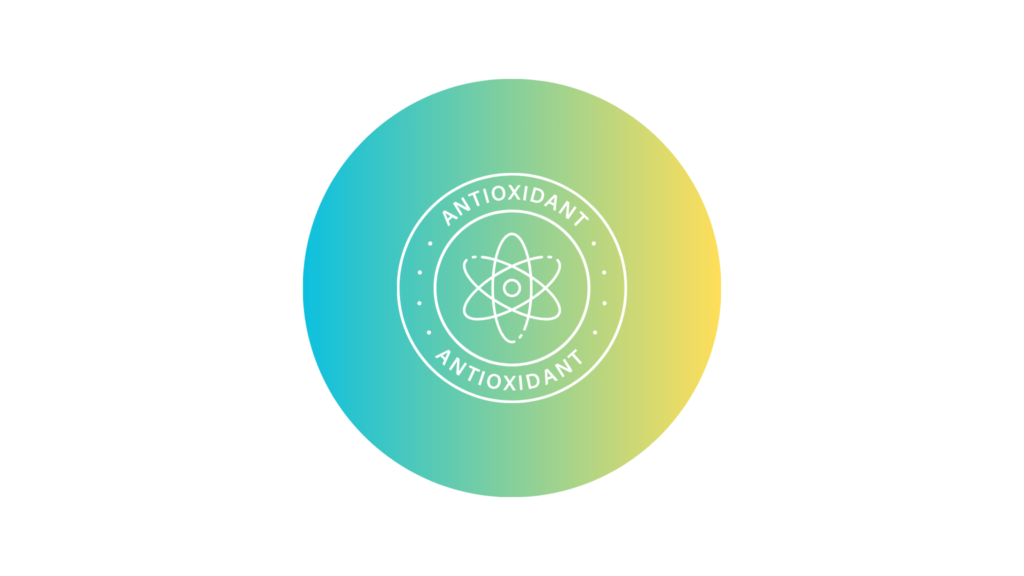
How To Eat Pumpkins Seeds: Ayurveda
Ayurvedic sciences associate pumpkin seeds with a brain tonic.
It suggests that systematically adding the seed to a well-balanced diet provides therapeutic properties and antioxidative effects. This association correlates with the case studies explored in the former sections of this article.
- When consumed dried or roasted, they are Vata and pitta balancing and rich in brain-gut axis-friendly bioactive compounds.
- The digestive quality of the seed is characterised as light and sweet.
- When roasted, they become lighter and helpful in Kapha balance.
- However, they may cause indigestion if not chewed well. Chewing properly helps their bioavailability when ingested and digested.
Summary
Summarising how to eat pumpkin seeds, research in both traditional and modern sciences suggests that consuming the seeds raw or roasted may provide advantages to their bioavailability on digestion.
- The oilseed pumpkin seed, a green, hulless oily seed, can be eaten raw, dry, roasted or sprouted.
- The seeds are an eco-friendly food source with exceptional nutritional and phytotherapeutic profiles. For instance, consuming 100 grams of seeds can provide approximately 30 grams of protein.
- Furthermore, as seen in the detailed case studies, they are linked to being a good choice in a cognitive-friendly diet due to their essential fatty acids and mineral content.
- Ayurveda classifies the seed as a brain tonic and helpful in vata and pitta balancing. Moreover, the seed can be effectively consumed as part of a personalized dietary plan.
- For individuals wanting a more methodical approach to their diet, the value of pumpkin seeds may be a seed to consider.
Suitability & Precautions
Precautions and personal responsibility are crucial. Check the suitability of any diet or wellness routine for any pregnant person, individuals with allergies or chronic health conditions. Seek the advice of a professional.
This is an informational post only and does not constitute professional advice.
Frequently Asked Questions
Many reputable sources suggest that pumpkin seeds are generally safe for use, but it’s best to seek professional advice to determine their suitability for your specific needs.
For purity of the seed, organic certifications, to some extent, guarantee free from chemicals. This may also affect the end product efficiency. Therefore, a natural organic source can be a better choice.
They can be consumed both dry or in cooked foods, check suitability.
References & online source(s) in this article:
- Batool, M., Ali Nawaz Ranjha, M. M., Roobab, U., Manzoor, M. F., Farooq, U., Nadeem, H. R., Nadeem, M., Kanwal, R., AbdElgawad, H., Al Jaouni, S. K., Selim, S., & Ibrahim, S. A. (2022). Nutritional Value, Phytochemical Potential, and Therapeutic Benefits of Pumpkin (Cucurbita sp.). Plants, 11(11). https://doi.org/10.3390/plants11111394
- United States Department of Agriculture: https://fdc.nal.usda.gov/fdc-app.html#/food-details/170556/nutrients
- Hunjan. Professional distinction in Ayurveda (Diploma). Professional Body Healing (Diploma) CPD certified (COE), 2020, 2021 (London, United Kingdom). InteGratiiveHealth.com, (author) Member Complementary Medical Association.
- Peng, M., Lu, D., Liu, J., Jiang, B., & Chen, J. (2021). Effect of Roasting on the Antioxidant Activity, Phenolic Composition, and Nutritional Quality of Pumpkin (Cucurbita pepo L.) Seeds. Frontiers in Nutrition, 8. https://doi.org/10.3389/fnut.2021.647354
- Golob, A., Kroflič, A., Jerše, A., Maršić, N. K., Šircelj, H., Stibilj, V., & Germ, M. (2020). Response of Pumpkin to Different Concentrations and Forms of Selenium and Iodine, and their Combinations. Plants, 9(7). https://doi.org/10.3390/plants9070899
- Easy Ayurveda: https://www.easyayurveda.com/2020/01/10/pumpkin/#seeds_pumpkin_and_squash_seed_kernels_dried
- Hussain, A., Kausar, T., Sehar, S., Sarwar, A., Quddoos, M. Y., Aslam, J., Liaqat, A., Siddique, T., An, Q. U., Kauser, S., Rehman, A., & Nisar, R. (2023). A review on biochemical constituents of pumpkin and their role as pharma foods; a key strategy to improve health in post COVID 19 period. Food Production, Processing and Nutrition, 5(1). https://doi.org/10.1186/s43014-023-00138-z
- Farina, M. P., Kim, J. K., Hayward, M. D., & Crimmins, E. M. (2022). Links between inflammation and immune functioning with cognitive status among older Americans in the Health and Retirement Study. Brain, Behavior, & Immunity – Health, 26. https://doi.org/10.1016/j.bbih.2022.100559
- Adams, Gary G et al. “The hypoglycemic effect of pumpkin seeds, Trigonelline (TRG), Nicotinic acid (NA), and D-Chiro-inositol (DCI) in controlling glycemic levels in diabetes mellitus.” Critical reviews in food science and nutrition vol. 54,10 (2014): 1322-9. doi:10.1080/10408398.2011.635816
You may find this resource helpful
Bioactive Compounds For Dietary Therapy


